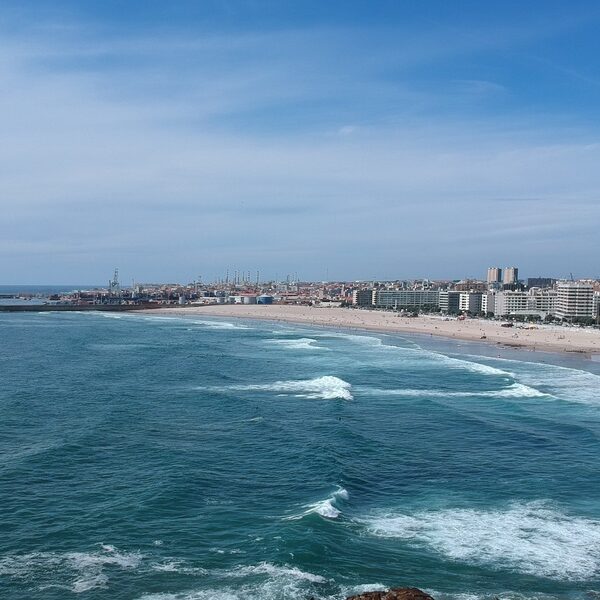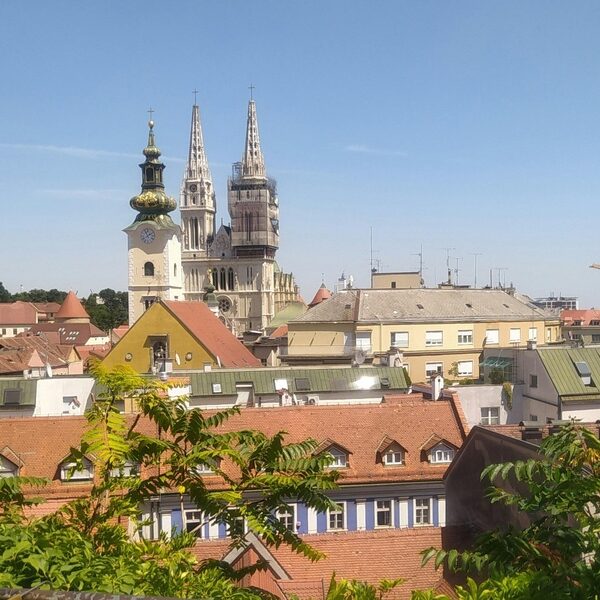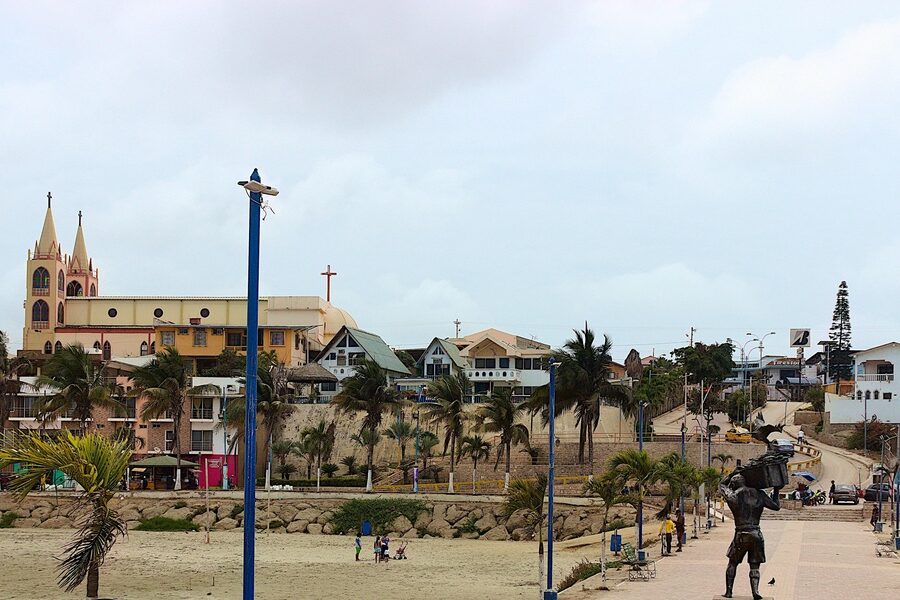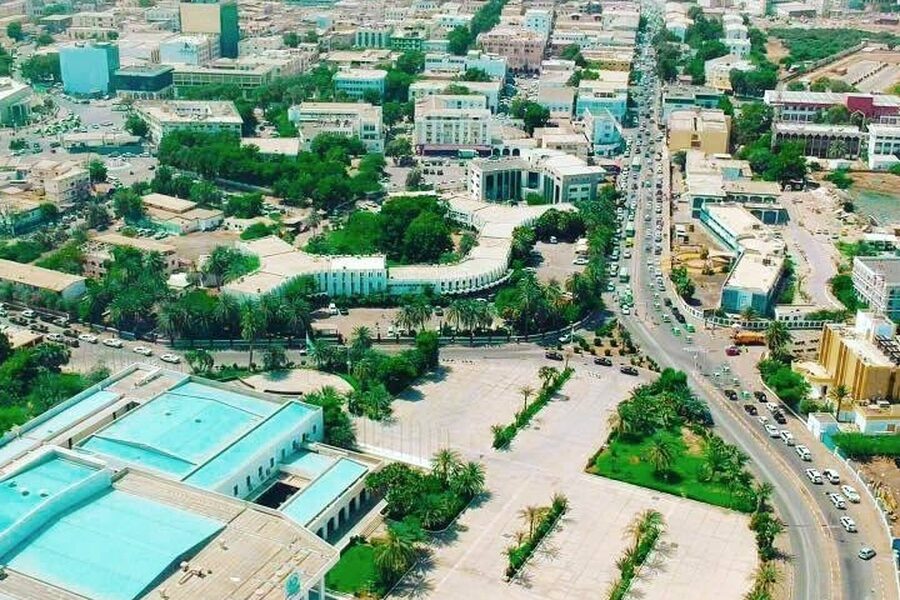Policie ČR data show that a relatively small set of urban areas account for a large share of reported violent and property crimes: national figures for 2022–2023 indicate that assaults, robberies and street thefts concentrate in major cities and certain post‑industrial towns (see Policie ČR and ČSÚ reports). That concentration matters for residents planning where to live, for visitors choosing neighborhoods, and for local policymakers targeting resources. This piece ranks eight urban areas where risk is higher than the national average, explains the local drivers behind elevated crime patterns, and offers practical, data‑backed safety guidance grounded in police statistics and reputable Czech reporting.
The analysis groups cities into three types: those with the highest violent‑crime rates, post‑industrial towns where social problems drive property crime, and regional centers seeing rising property‑ and drug‑related offenses. Below are the eight cities, each profile citing population figures (ČSÚ), recent police data (Policie ČR) and local reporting where available.
Cities with the highest violent-crime rates
This category uses reported rates of homicide, assault and robbery per 100,000 residents as compiled from Policie ČR annual releases for 2021–2023 and population denominators from Český statistický úřad (ČSÚ, 2023). Ranking by rate per 100k (not raw counts) highlights places where residents face elevated personal‑safety risks. We also note how tourist density and nightlife corridors can inflate violent‑crime rates relative to quieter residential areas. Where available, local outlets (e.g., iDNES.cz, Czech Radio) provide incident detail that complements police statistics.
1. Prague
Prague often tops the list for reported violent incidents simply because of its size and dense tourist flows: the city’s population stood at about 1,335,000 in 2023 (ČSÚ). Policie ČR’s 2022–2023 reporting shows Prague among the highest for reported assaults and robberies per 100,000 residents in the country, driven in part by concentrated incidents in tourist districts and nightlife areas.
Most violent incidents reported in 2022–23 involved street assaults or robberies in areas like Wenceslas Square and Old Town at night, and occasional fights around entertainment hubs (local coverage documented spikes in pickpocketing and street robberies during summer 2022; Czech Radio). Tourists should secure bags on public transport and avoid poorly lit side streets after midnight, while residents benefit from registering suspicious behavior with local police and using official taxi services.
2. Ostrava
Ostrava (population about 288,000 in 2023, ČSÚ) records elevated rates of assault and public‑order incidents in certain districts, particularly Moravská Ostrava and nightlife corridors. Policie ČR and Moravian‑Silesian regional reports for 2022–2023 show higher‑than‑average assault rates per 100,000 residents compared with national figures.
The city’s industrial legacy and pockets of concentrated deprivation correlate with interpersonal violence and alcohol‑linked fights late at night. Local authorities have expanded CCTV and community‑policing pilots (regional police press releases in 2023 cited stepped‑up patrols on weekend nights). Commuters should take care near major stations after hours, and residents report that avoiding isolated routes and keeping to well‑lit streets reduces risk.
3. Ústí nad Labem
Ústí nad Labem, with roughly 92,000 residents in 2023 (ČSÚ), appears frequently in police tables for higher rates of serious public‑order offenses and assaults per 100,000 people (Policie ČR regional data, 2022–2023). Local socioeconomic indicators—higher unemployment and social exclusion—correlate with those rates.
Municipal reports and 2022–2023 press coverage note police initiatives targeting problem blocks and youth outreach programs. For families and commuters, the impact shows in fewer late‑evening services and greater caution around certain housing districts; using local municipal safety maps and following police advice has been recommended in city communications.
Post-industrial cities where social problems drive crime
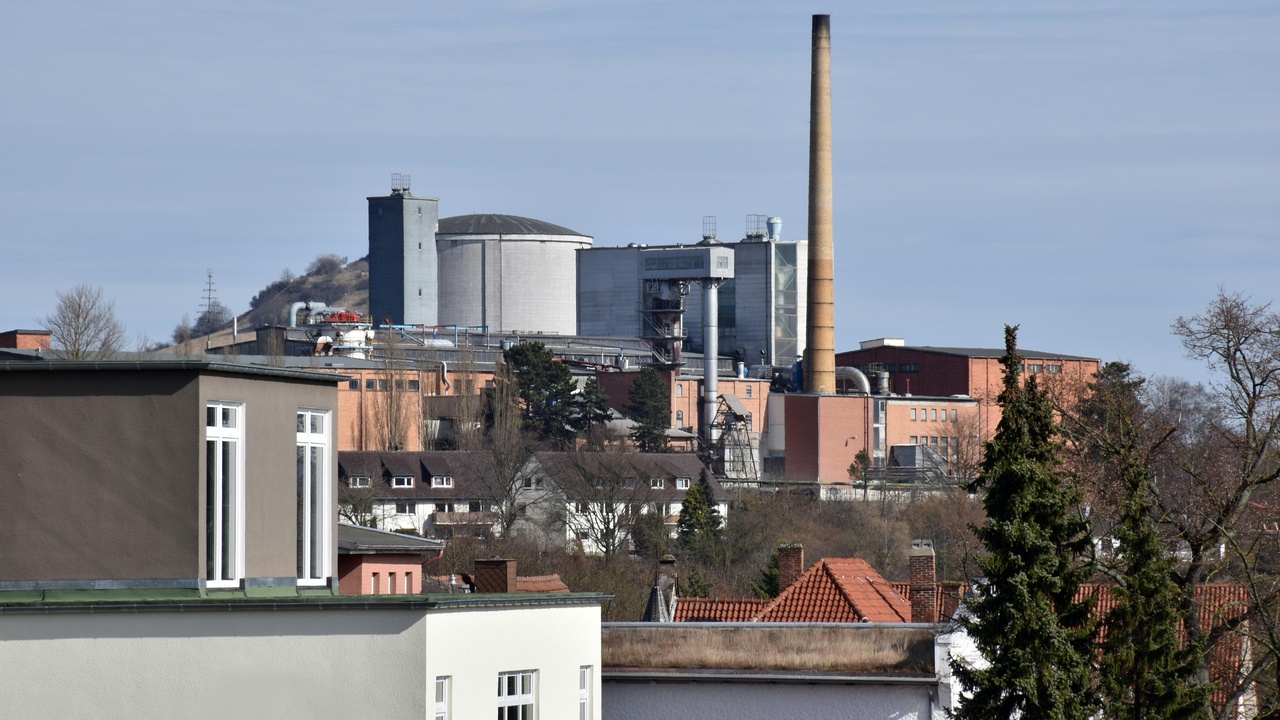
Economic decline after mine and heavy‑industry closures has left several Czech towns with persistent unemployment, population loss and concentrated social problems. Using ČSÚ socioeconomic indicators (unemployment rates, population change since the 1990s) alongside Policie ČR crime rates for 2021–2023 shows a clear relationship: towns with higher long‑term unemployment often report elevated property crimes and youth delinquency.
Regional development programs and NGOs have intervened in many places—funded regeneration projects, school‑based prevention, and job‑training schemes. Those policies matter: where municipalities have active regeneration (grant funding or brownfield redevelopment), local police report modest declines in petty theft and vandalism over 2022–2023.
4. Most
Most’s inclusion reflects the town’s transition after large‑scale lignite mining and population shifts: the municipality counted about 61,000 residents in 2023 (ČSÚ) and has seen property‑crime rates exceed national averages in recent Policie ČR summaries. Abandoned brownfields and concentrated rental housing contribute to theft and vandalism.
Local regeneration projects launched in 2021–2023—targeting brownfield reuse and improving public spaces—aim to reduce crime by increasing legitimate activity in formerly abandoned zones. Business owners cite shoplifting and break‑ins as the main economic effect; residents point to youth‑focused outreach (municipal youth centers supported since 2022) as a promising response.
5. Karviná
Karviná (around 50,000 residents in 2023, ČSÚ) carries the social legacy of mining‑area decline. Policie ČR data for 2022 show above‑average rates of property crime in parts of the city, and cross‑border economic dynamics with nearby Polish towns complicate enforcement in transit corridors.
Municipal authorities reported stepped‑up cooperation with regional police in 2023, plus targeted social programs aimed at reintegration and youth employment. Residents say public‑space improvements and better street lighting—projects funded in 2022–2023—have helped reduce opportunistic thefts near transit nodes.
6. Liberec
Liberec’s population was about 104,000 in 2023 (ČSÚ). While not uniformly high‑crime, specific neighborhoods record concentrated property crime and public‑order incidents; Policie ČR regional tables for 2022–2023 flag certain districts for repeat reports of burglaries and vandalism.
Tourist areas and transit hubs require different policing than residential quarters: municipal CCTV installations and a 2022 police initiative to improve patrol coverage have been implemented to address hotspots. For visitors, securing belongings around the main square and using official parking and transport reduces exposure to theft.
Regional centers with rising property- and drug-related crime
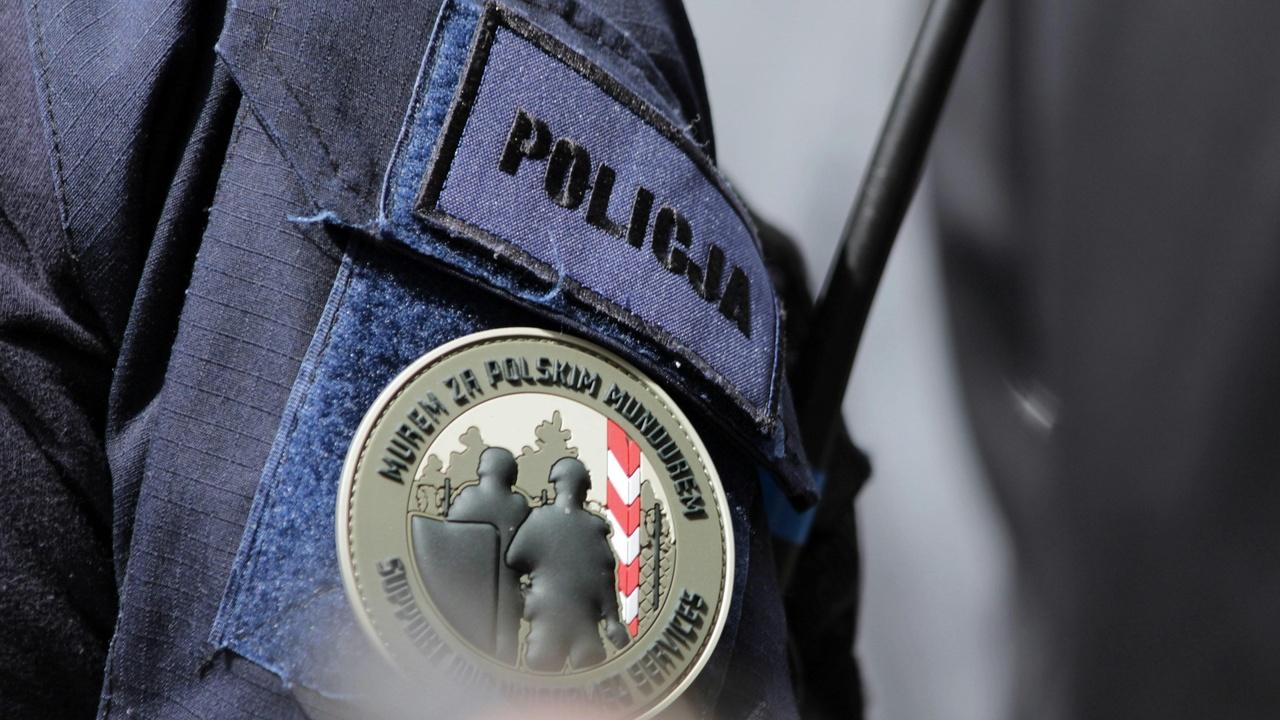
Mid‑sized regional capitals with universities and major transit links—Brno and Plzeň—have seen growing problems with property theft and drug‑related offenses in recent years. Police reports for 2021–2023 show rising thefts tied to commuter flows and clustered drug markets near transport hubs and nightlife districts.
University populations and high daily inflows increase the pool of potential victims and offenders for petty crime. Municipal harm‑reduction programs and targeted police operations (drug‑market crackdowns reported in 2022–2023) are central to local responses.
7. Brno
Brno is a major regional hub with roughly 382,000 residents in 2023 (ČSÚ) and a large student population. Policie ČR data from 2022 show increases in reported thefts and drug offenses in specific districts near the main station and student neighborhoods, even though violent‑crime rates remain moderate compared with Prague.
University areas and transit corridors attract opportunistic thieves; police carried out noticeable operations in 2022–2023 targeting open drug markets and street thefts (regional press coverage documented arrests in mid‑2023). Students and commuters should avoid leaving bags unattended, register bicycles, and use official night‑time transport options when available.
8. Plzeň
Plzeň (about 175,000 residents in 2023, ČSÚ) appears on regional police lists because of rising property crime and targeted drug offenses along major transit routes and nightlife corridors linked to tourism and the beer‑industry night economy. Policie ČR reports for 2022 referenced increases in thefts in the city center and near bus/tram interchanges.
Municipal safety campaigns in 2022–2023 focused on licensed‑taxi schemes, improved lighting near nightlife districts, and police patrols during festival weekends. Tourists should stay vigilant around crowded pubs and secure valuables while enjoying the city’s nightlife.
Summary
Across the eight profiles, three clear patterns emerge: tourist hubs show concentrated violent incidents and theft; post‑industrial towns experience higher property crime tied to socioeconomic distress; and regional centers with large student and commuter flows report rising thefts and drug‑related offenses. The analysis relies on Policie ČR crime tables for 2021–2023 and population and labor statistics from ČSÚ (2023 figures cited for city populations).
To stay updated, check the latest city‑level crime data at Policie ČR and demographic or labor figures at ČSÚ. For residents and visitors, small precautions reduce most risk: keep valuables secure, avoid poorly lit isolated routes at night, and use official transport services or licensed taxis.
- Crime concentrates in three urban types: tourist hubs (e.g., Prague), post‑industrial towns (e.g., Most, Karviná) and transit/education centers (e.g., Brno, Plzeň).
- Check Policie ČR and ČSÚ for the latest city‑level rates before travel or relocation; local outlets (iDNES.cz, Czech Radio) provide incident detail and municipal press pages list safety programs.
- Simple precautions—securing bags on public transport, choosing well‑lit routes, using licensed taxis and registering bikes—prevent the majority of thefts and opportunistic incidents.
- Residents can support municipal prevention efforts (youth programs, lighting, CCTV) that have shown measurable benefits in 2021–2023 pilot projects across several towns.


